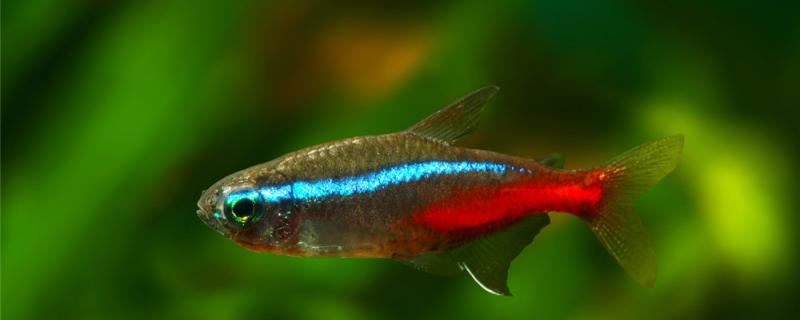 1. Which layer does the traffic light fish belong to
1. Which layer does the traffic light fish belong to The traffic light fish belong to the lower layer, and they like to move in the lower layer. Traffic light fish grown in the wild are all underwater, because they are afraid of strong light, so they all move in the lower or middle and lower layers.
When rearing in captivity, it is best to prepare them in a dark environment. If conditions permit, some aquatic plants can be planted, which can not only enhance the ornamental value, but also shield them from the sun and form a natural shading effect.
Traffic light fish is now favored by many fish farmers because of its bright body color. They are petite and slender, and their body length is only 3-4 cm in adulthood. There are two red and green ribbons on the body, which swim beautifully.
2. What fish can traffic light fish mix withTraffic light fish is a common small tropical ornamental fish, which is mixed with many small ornamental fish. For example, guppy, lotus lantern fish, moonlight fish, Mary fish, zebrafish, etc., are all suitable for polyculture with traffic light fish.
Because these kinds of fish are mild in character, they will not take the initiative to attack, and their habits and environmental requirements are similar to those of traffic light fish, so they do not need to be deliberately adjusted when they are mixed. Although they are suitable for polyculture together, breeders should pay attention not to be too dense when polyculture, otherwise there may be lack of oxygen and fighting.